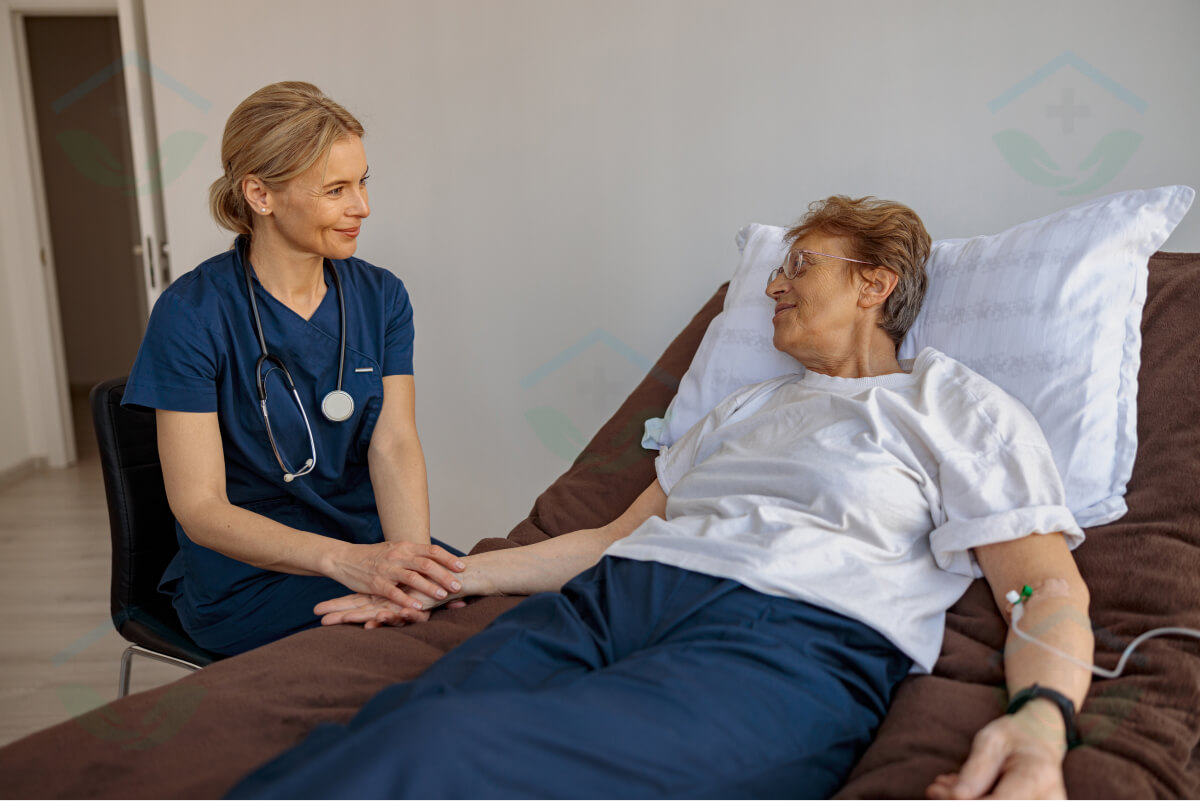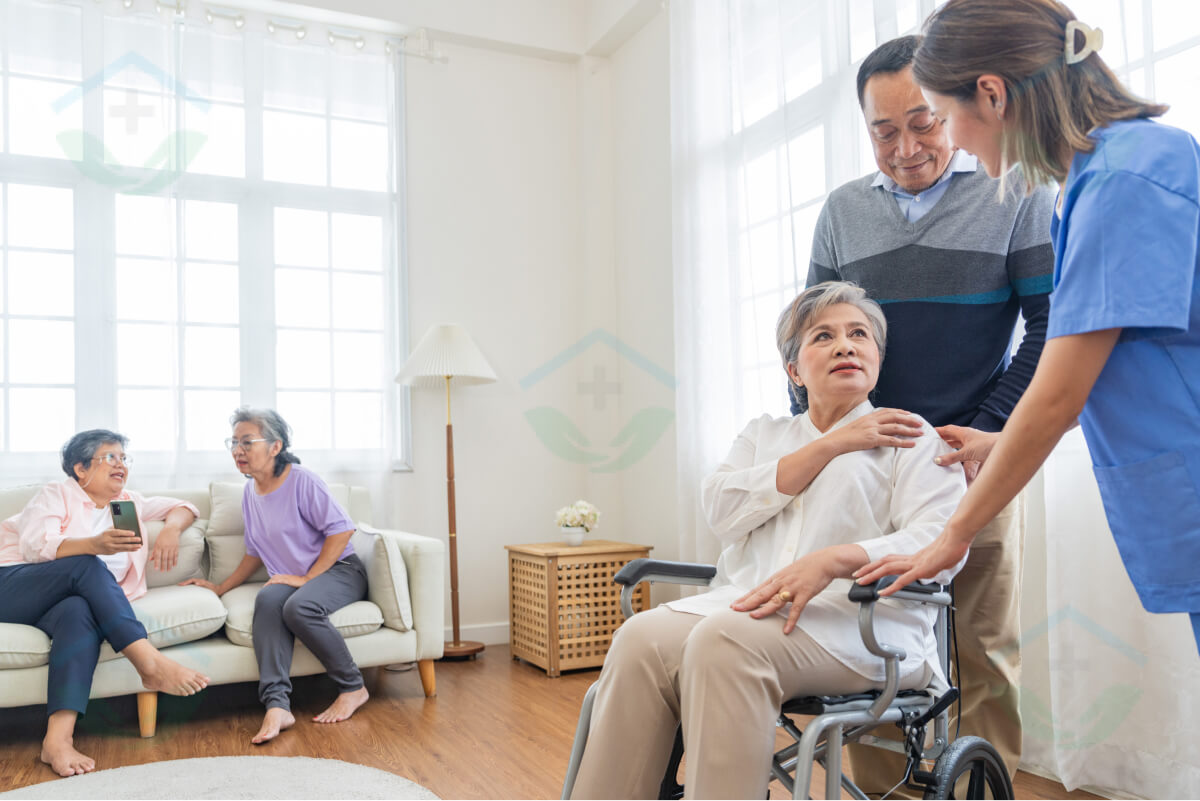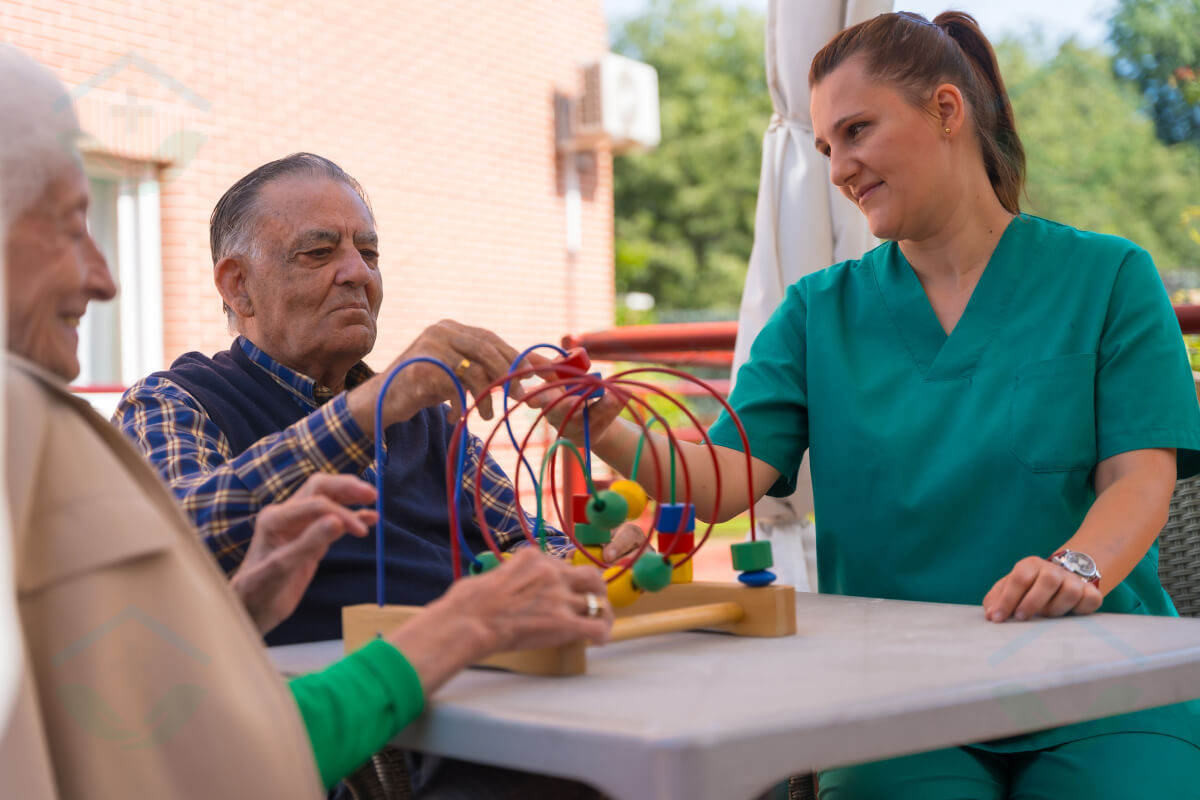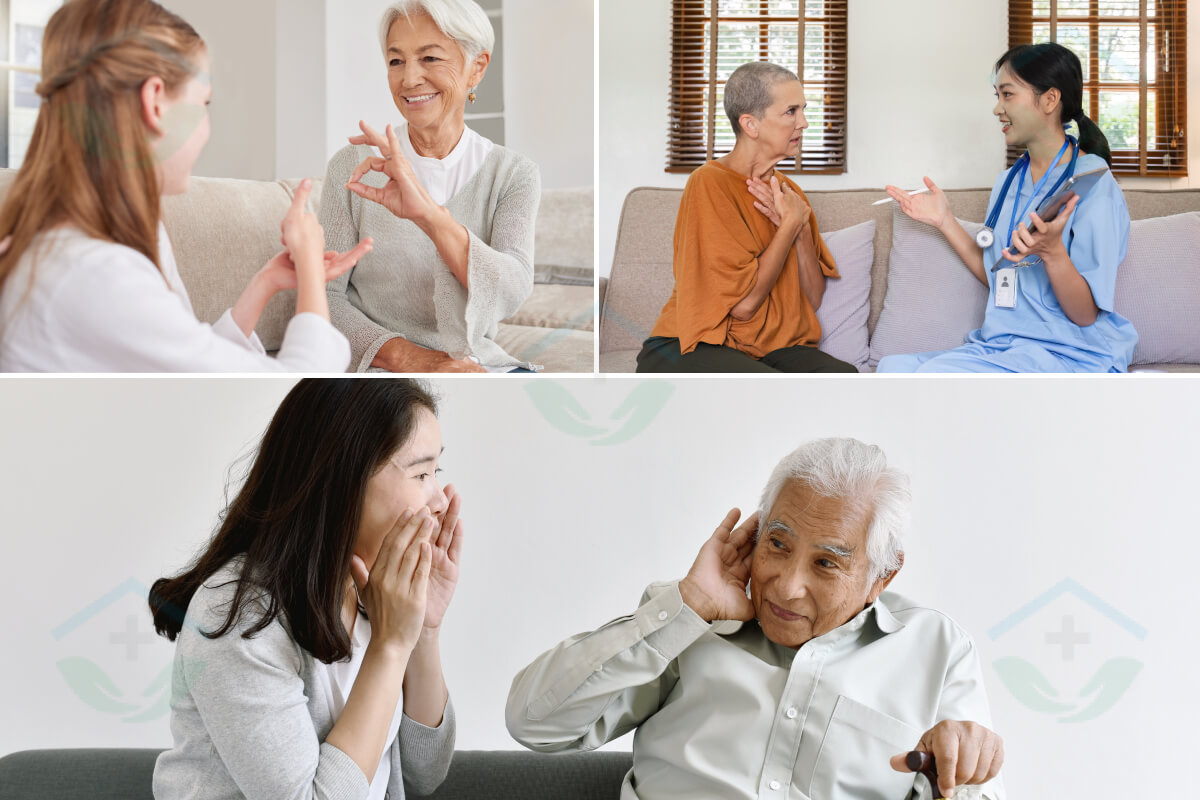Caring for bedridden patients, especially those with bedsores (pressure ulcers), requires diligent care, attention, and appropriate strategies to both treat existing sores and prevent new ones from forming. Here’s a comprehensive approach to bedsore care for bedridden patients:
Regular Skin Inspections
- Frequency: Check the patient’s skin at least twice a day for signs of pressure ulcers, focusing on areas that bear weight, such as the tailbone, hips, elbows, heels, and back of the head.
- What to Look For: Redness, swelling, tenderness, or any skin breakdown.
Maintain Skin Cleanliness and Dryness
- Hygiene: Gently clean the skin with mild soap and warm water, especially after incontinence episodes, and pat dry.
- Moisturization: Apply moisturizers to keep the skin hydrated but avoid areas with open sores.
Repositioning
- Schedule: Reposition the patient at least every two hours to relieve pressure on vulnerable areas.
- Techniques: Use supportive devices like pillows or foam wedges to offload pressure from sore-prone areas.
Use Specialized Support Surfaces
- Invest in pressure-relieving mattresses, overlays, or cushions designed to distribute weight more evenly and reduce pressure on sensitive areas.
Nutritional Support
- Diet: Ensure the patient has a nutritious diet rich in proteins, vitamins (especially C and E), and minerals to support skin health and healing.
- Hydration: Encourage adequate fluid intake to keep the skin hydrated and promote overall health.
Wound Care
- Assessment: Have a healthcare professional assess the bedsores to determine the appropriate treatment plan.
- Cleaning: Clean the wounds as recommended, usually with saline solution, to remove debris and prevent infection.
- Dressing: Use the prescribed type of dressing, which may include alginate, foam, or hydrocolloid dressings, to protect the wound and promote healing.
- Monitoring: Regularly assess the healing process and watch for signs of infection, such as increased redness, warmth, pus, or fever.
Encourage Movement
- If possible, encourage the patient to perform any range-of-motion exercises or activities they’re capable of, even if minimal, to improve circulation.
Education and Communication
- Educate family members and caregivers on proper bedsore care techniques and the importance of regular skin inspections and repositioning.
- Maintain open communication with healthcare providers to adjust care plans as needed and promptly address any complications.
Professional Care
- Consult with healthcare professionals, such as nurses or wound care specialists, for regular evaluations and to adapt care strategies as the patient’s condition evolves.
Managing bedsores in bedridden patients is a challenging but critical aspect of care, requiring a multidisciplinary approach to ensure the best possible outcomes. Early prevention, prompt treatment of any skin breakdown, and consistent, compassionate care are key components of effective management.
















